Jean-David Ruvini
Learning Better Internal Structure of Words for Sequence Labeling
Oct 29, 2018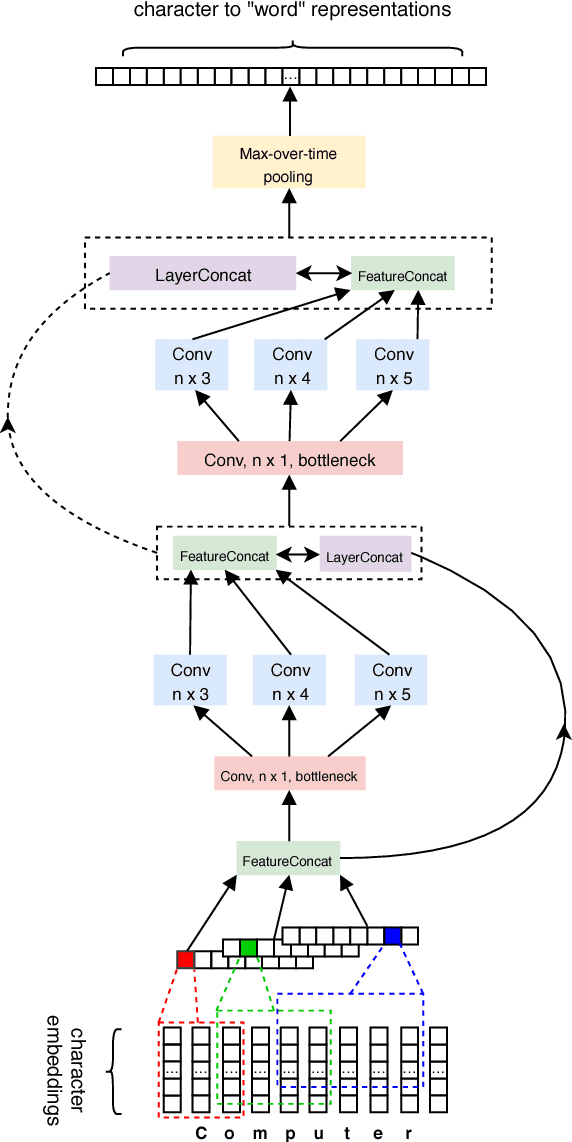



Abstract:Character-based neural models have recently proven very useful for many NLP tasks. However, there is a gap of sophistication between methods for learning representations of sentences and words. While most character models for learning representations of sentences are deep and complex, models for learning representations of words are shallow and simple. Also, in spite of considerable research on learning character embeddings, it is still not clear which kind of architecture is the best for capturing character-to-word representations. To address these questions, we first investigate the gaps between methods for learning word and sentence representations. We conduct detailed experiments and comparisons of different state-of-the-art convolutional models, and also investigate the advantages and disadvantages of their constituents. Furthermore, we propose IntNet, a funnel-shaped wide convolutional neural architecture with no down-sampling for learning representations of the internal structure of words by composing their characters from limited, supervised training corpora. We evaluate our proposed model on six sequence labeling datasets, including named entity recognition, part-of-speech tagging, and syntactic chunking. Our in-depth analysis shows that IntNet significantly outperforms other character embedding models and obtains new state-of-the-art performance without relying on any external knowledge or resources.
Paraphrase-Supervised Models of Compositionality
Jan 31, 2018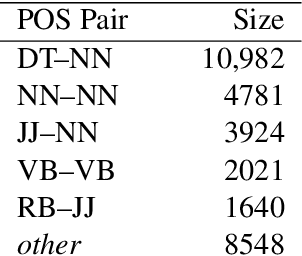


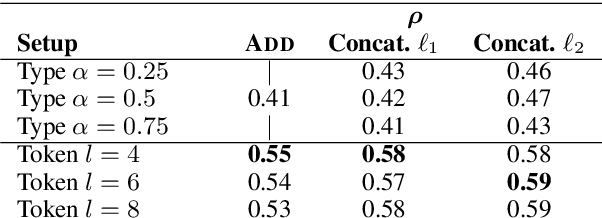
Abstract:Compositional vector space models of meaning promise new solutions to stubborn language understanding problems. This paper makes two contributions toward this end: (i) it uses automatically-extracted paraphrase examples as a source of supervision for training compositional models, replacing previous work which relied on manual annotations used for the same purpose, and (ii) develops a context-aware model for scoring phrasal compositionality. Experimental results indicate that these multiple sources of information can be used to learn partial semantic supervision that matches previous techniques in intrinsic evaluation tasks. Our approaches are also evaluated for their impact on a machine translation system where we show improvements in translation quality, demonstrating that compositionality in interpretation correlates with compositionality in translation.
Probabilistic Combination of Classifier and Cluster Ensembles for Non-transductive Learning
Nov 10, 2012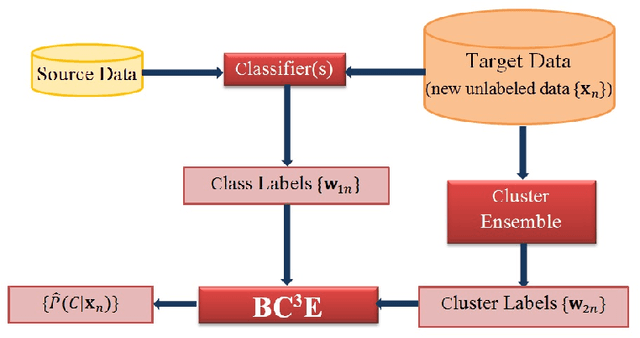
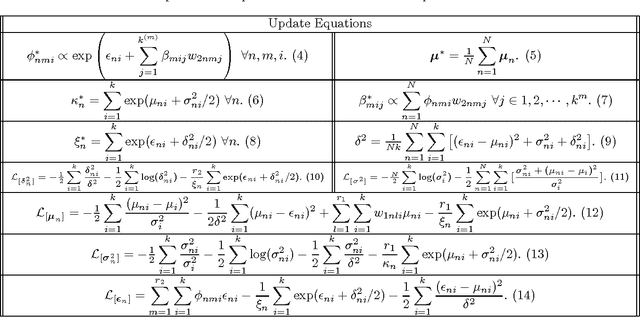
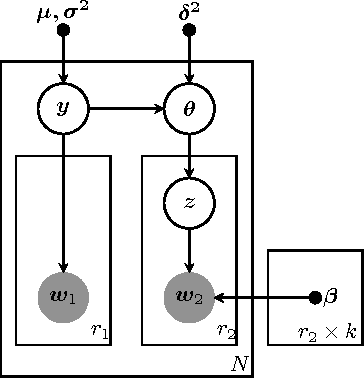
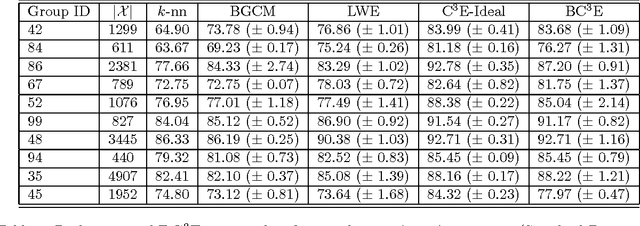
Abstract:Unsupervised models can provide supplementary soft constraints to help classify new target data under the assumption that similar objects in the target set are more likely to share the same class label. Such models can also help detect possible differences between training and target distributions, which is useful in applications where concept drift may take place. This paper describes a Bayesian framework that takes as input class labels from existing classifiers (designed based on labeled data from the source domain), as well as cluster labels from a cluster ensemble operating solely on the target data to be classified, and yields a consensus labeling of the target data. This framework is particularly useful when the statistics of the target data drift or change from those of the training data. We also show that the proposed framework is privacy-aware and allows performing distributed learning when data/models have sharing restrictions. Experiments show that our framework can yield superior results to those provided by applying classifier ensembles only.
 Add to Chrome
Add to Chrome Add to Firefox
Add to Firefox Add to Edge
Add to Edge